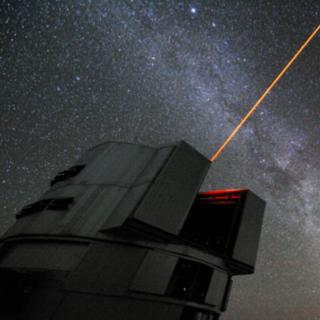Bibcode
Skúladóttir, Ása; Salvadori, Stefania; Amarsi, Anish M.; Tolstoy, Eline; Irwin, Michael J.; Hill, Vanessa; Jablonka, Pascale; Battaglia, Giuseppina; Starkenburg, Else; Massari, Davide; Helmi, Amina; Posti, Lorenzo
Bibliographical reference
The Astrophysical Journal
Advertised on:
7
2021
Journal
Citations
60
Refereed citations
54
Description
Although true metal-free "Population III" stars have so far escaped discovery, their nature, and that of their supernovae, is revealed in the chemical products left behind in the next generations of stars. Here we report the detection of an ultra-metal-poor star in the Sculptor dwarf spheroidal galaxy AS0039. With [Fe/H]LTE = -4.11, it is the most metal-poor star discovered in any external galaxy thus far. Contrary to the majority of Milky Way stars at this metallicity, AS0039 is clearly not enhanced in carbon, with [C/Fe]LTE = -0.75, and A(C) = +3.60, making it the lowest detected carbon abundance in any star to date. Furthermore, it lacks α-element uniformity, having extremely low [Mg/Ca]NLTE = -0.60 and [Mg/Ti]NLTE = -0.86, in stark contrast with the near solar ratios observed in C-normal stars within the Milky Way halo. The unique abundance pattern indicates that AS0039 formed out of material that was predominantly enriched by a ~20 M⊙ progenitor star with an unusually high explosion energy E = 10 × 1051 erg. Therefore, star AS0039 represents some of the first observational evidence for zero-metallicity hypernovae and provides a unique opportunity to investigate the diverse nature of Population III stars. * Based on observations made with ESO VLT/X-SHOOTER at the La Silla Paranal observatory under program ID 0102.B-0786.
Related projects

Galaxy Evolution in the Local Group
Galaxy formation and evolution is a fundamental Astrophysical problem. Its study requires “travelling back in time”, for which there are two complementary approaches. One is to analyse galaxy properties as a function of red-shift. Our team focuses on the other approach, called “Galactic Archaeology”. It is based on the determination of galaxy
Emma
Fernández Alvar